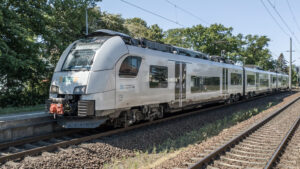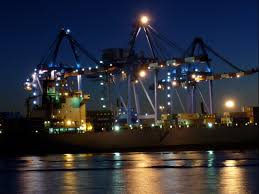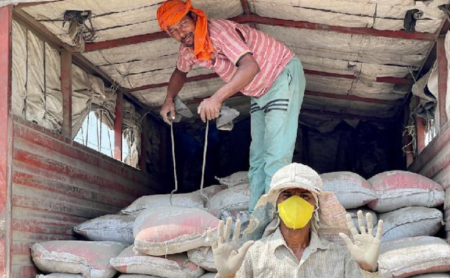With climate targets tightening and pressure mounting, freight needs a bold rethink. Swapping diesel-driven highways for a smarter mix of rail, road, sea, and inland waterways could cut emissions faster than ever. But turning this promise into progress isn’t just about tech, it’s about mindsets, money, and momentum. In this feature, we turn to industry leaders for insights on what it will take to move the needle, from infrastructure and policy to mindset and innovation.

Unmesh Sharad Wagh, Chairman, JNPA
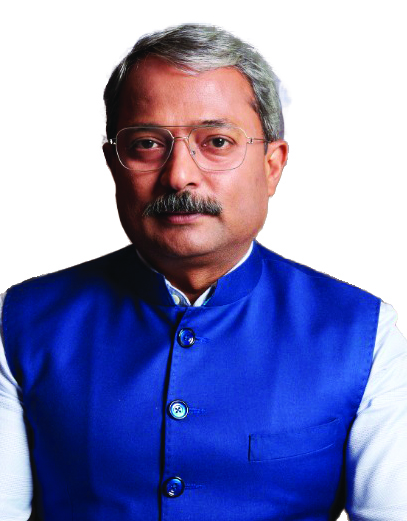
In the push to cut freight emissions, ports play a pivotal role—not just as gateways for cargo but as key connectors in the multimodal chain. Efficient linkages between sea, rail, and road can reduce turnaround time, lower fuel consumption, and support the shift toward more sustainable logistics practices. As India scales its logistics capacity, aligning port infrastructure with multimodal goals becomes essential.
At Jawaharlal Nehru Port Authority (JNPA), expansion efforts are underway to meet this need. Unmesh Sharad Wagh, Chairman, JNPA, shared:
“JNPA this year became the first port in India to have a 10 million TEU capacity—no other private or government port has achieved this so far. We’ve already handled 7.3 million TEUs and are growing at more than 22% this financial year. We are ahead of schedule, and we will complete the Vadhvan Port Phase 1 by 2029–2030. We’re building an empty container yard with a 1 million TEU capacity, along with centralised parking plazas. These steps will reduce the logistics cost further.”
“We are not waiting for a developed nation to show us the path—we are charting our own. We’ll be shoring power compliance in the next two years and are replacing 400 vehicles with EVs. Our green energy is already 60%—we will enhance it to 100% in the next two years.”
As India strengthens its multimodal infrastructure, efforts like these will contribute to making freight movement more integrated, cost-effective, and environmentally conscious.
Pramod Kumar Agarwal, IRS, Principal Chief Commissioner of Customs, Mumbai Zone, Department of Revenue, Ministry of Finance
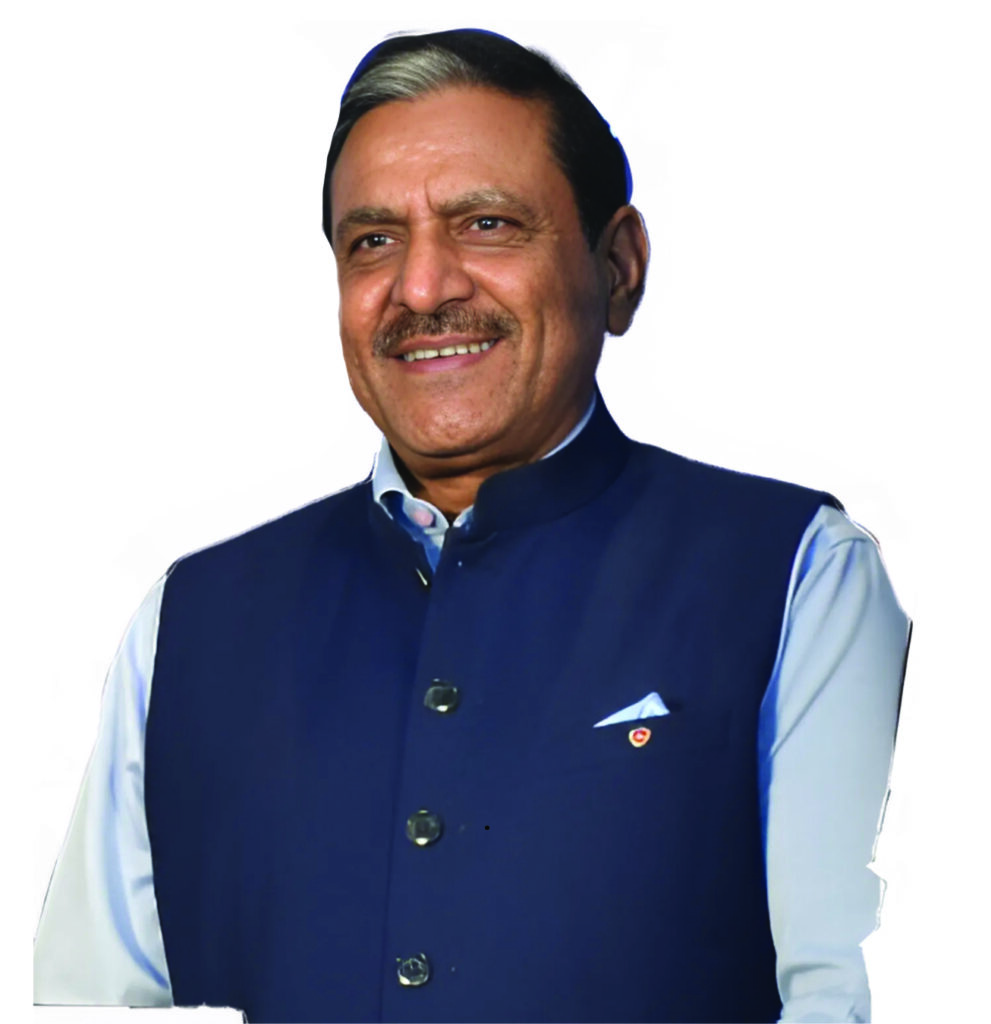
While infrastructure and transport modes form the backbone of multimodal logistics, the efficiency of cargo movement also hinges on swift and transparent regulatory processes. India’s customs ecosystem has undergone a remarkable transformation over the past decade, playing a vital role in enabling smoother, faster multimodal transitions.
“We’ve moved from a fully paper-based system to a completely digital one—from faceless assessment and Turant Customs to the e-Way Bill system. Today, most ports and airports operate 24×7, and we’ve committed to reducing cargo clearance times to 48 hours for sea and 24 hours for air. This directly impacts cost and efficiency—key to supporting seamless multimodal logistics.”
With the customs department now integrating multiple stakeholders through platforms like SWIFT and aligning with the National Trade Facilitation Committee’s goals, the reduction in dwell time and compliance burden is helping to unlock greater reliability and speed across India’s freight corridors—laying the foundation for a truly multimodal future.
Haresh Lalwani, Managing Director, Sun Logistics

“India’s logistics sector is at a pivotal moment. Multimodal transportation, integrating rail, road, coastal shipping, and inland waterways, offers a vital solution to reduce freight emissions while improving supply chain efficiency. With over 65 percent of cargo still moved by road, transitioning to greener modes can significantly cut fuel use and environmental impact. Government initiatives like Dedicated Freight Corridors (DFCs), Sagarmala, and Bharatmala are already improving multimodal connectivity.
However, several hurdles slow progress. Infrastructure remains uneven, with inadequate multimodal hubs and weak integration between ports, roads, and rail. High capital costs for terminals, transshipment facilities, and cargo-handling equipment deter smaller operators. A key operational barrier is the lack of cargo unitisation, which increases handling costs, delays, and product damage. Compounding the problem is a shortage of skilled personnel, particularly in cargo handling, terminal operations, digital logistics, and regulatory compliance, impacting safety, productivity, and innovation.
To build a scalable and sustainable multimodal ecosystem, collaboration across sectors is essential. The government must accelerate infrastructure under PM Gati Shakti, align logistics policies, and incentivise greener transport. Private players should invest in skilling, tech-based solutions, and shared infrastructure. Digital platforms must provide real-time visibility, route planning, and emissions tracking.
Most critically, India needs a unified national logistics policy across all states. Harmonised regulations will reduce delays, lower costs, and help India achieve its goals of cleaner, cost-effective, and globally competitive logistics.”
Adhendru Jain, Vice President – Rail and Inland Terminals, DP World Subcontinent

“The logistics sector is a cornerstone of global trade and economic development, yet it contributes nearly 24% of global CO₂ emissions, a figure that could rise to 40% by 2050 without decisive action. In India, 4.6 billion tonnes of freight move across 2.2 trillion kilometres annually, generating over 2 gigatonnes of carbon emissions.
Multimodal transportation offers a clear opportunity to reduce emissions while enhancing supply chain efficiency and resilience. The National Logistics Policy emphasises multimodal logistics, and in alignment, Indian Railways launched the Gati Shakti Multi-Modal Cargo Terminal (GCT) policy to encourage private investment in rail-linked logistics hubs, improving intermodal connectivity and capacity.
Rail freight is starting to get the attention it deserves, and for good reason. It can cut emissions by as much as 70% compared to road transport, which makes it a strong contender in the push for greener logistics. Across the industry, there’s a noticeable shift toward building better multimodal connections. We’re seeing more Free Trade Warehousing Zones, logistics parks, and rail-linked terminals coming up, all aimed at making freight movement smoother, more reliable, and a lot more sustainable.”
Ishant Agarwal, President, CJ Darcl Logistics

“Multimodal transportation plays a key role in reducing freight emissions while keeping supply chain efficiency intact. By using the road for the first and last mile and shifting long-haul movement to rail or coastal shipping, we can significantly cut down carbon emissions compared to an all-road journey. Since trains and vessels have larger capacities than trucks, they allow for shipment consolidation, which helps improve both cost and time efficiency. With growing digital capabilities, stakeholders now have full visibility into each stage of the journey, making coordination smoother and planning more accurate.
When it comes to roadblocks, the situation is improving rapidly. The government has been proactive in strengthening infrastructure across all modes, be it the development of dedicated freight corridors, new highways, or the modernisation of ports and airports. The push for Multimodal Logistics Parks (MMLPs) is a game-changer, aimed at creating seamless integration and reducing logistics costs as a percentage of GDP.
To build a scalable and sustainable multimodal freight ecosystem, it’s crucial to have a synergy between public and private players where the government plays its role of establishing policy frameworks and compliance, and private players focus on bringing innovation and the latest technologies to build a resilient system where there is complete visibility into the different operations involved in a multimodal freight ecosystem.”
Alok Kumar, Founder, Saarthi GreenTech
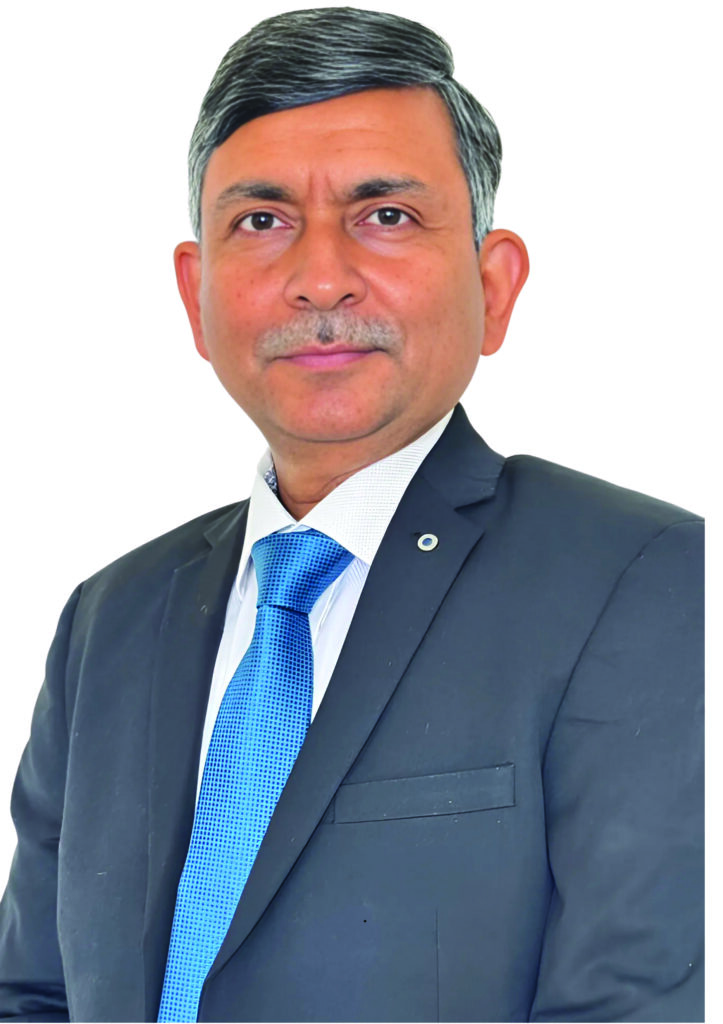
The shift towards multimodal freight is no longer aspirational; it is imperative. A well-integrated logistics network that combines road, rail, inland waterways, and coastal shipping can cut freight emissions by 35-40%, while improving delivery timelines and reducing highway congestion.
Today, road transport constitutes over 60% of India’s freight, leading to severe urban congestion, longer idle times, and increased fuel consumption. This not only raises costs but also exacerbates air pollution and carbon emissions, especially in high-density corridors.
However, the transition to multimodal logistics faces structural hurdles: limited rail-rake availability, intermodal inefficiencies, regulatory fragmentation, and a lack of digital integration. Many small and mid-sized players hesitate to adopt multimodal solutions due to perceived complexity and coordination challenges.
The way forward must include a convergence of infrastructure, innovation, and policy. Government programs like PM Gati Shakti and the National Logistics Policy are laying the foundation, but deeper integration with digital freight corridors and real-time multimodal visibility platforms is crucial.
Innovations in EV fleets, smart routing, CNG/LNG trucking, and diesel-hydrogen hybrid retrofits are offering practical, low-carbon alternatives.
To make multimodal the new normal, public-private partnerships must invest in green infrastructure, digitalization, and clean fleet upgrades, ensuring India’s freight ecosystem is fit for a low-carbon future.
Dr Pramod Sant, Director General, FFFAI

“The World Customs Organisation, with India as a participant, is actively taking steps toward green customs. The approach focuses on three key areas: reducing carbon footprint within customs operations, minimising environmental impact of procedures, and engaging with stakeholders. A solid action plan is already in place.
Green trade facilitation initiatives are also gaining ground. This is no longer just a buzzword, it’s a necessity, and concrete steps are being taken.
A notable case study on India’s paperless customs was featured on the WCO website, highlighting digital efforts like the e-Sanchit initiative. These developments have played a major role in making customs processes greener, and they deserve recognition.”
Bharat Malik, Director, Image Cargo Movers

While infrastructure and technology drive multimodal integration, the human link remains essential. Freight forwarders continue to play a vital role in coordinating cargo across multiple transport modes, ensuring supply chains remain connected, responsive, and efficient.
“Freight forwarders are the key agents in the whole supply chain. They are in touch with importers, exporters, shipping lines, airlines, and customs. Without them, we cannot work—they’ve always been and will always remain at the core.”
As logistics grows more multimodal, the forwarder’s ability to manage information flow and stakeholder communication becomes even more critical to ensuring reliability and reducing delays across the network.

